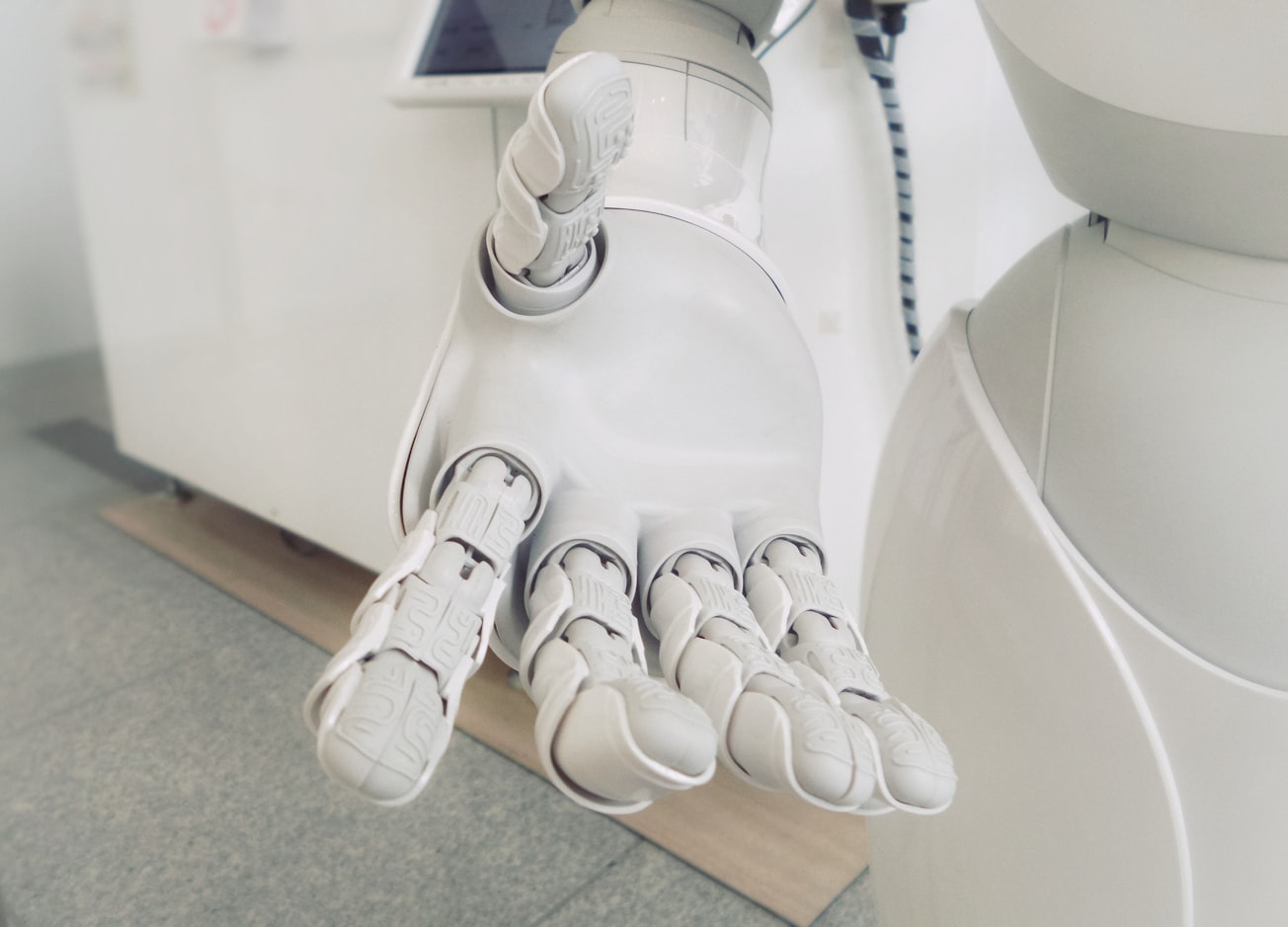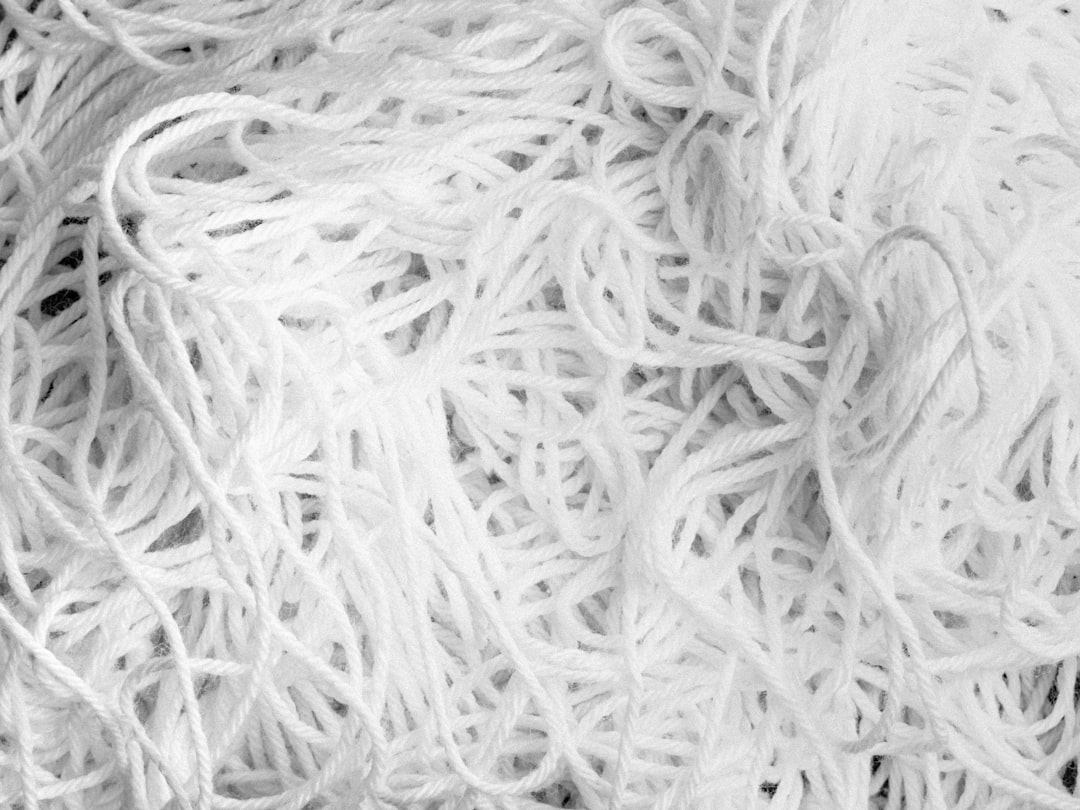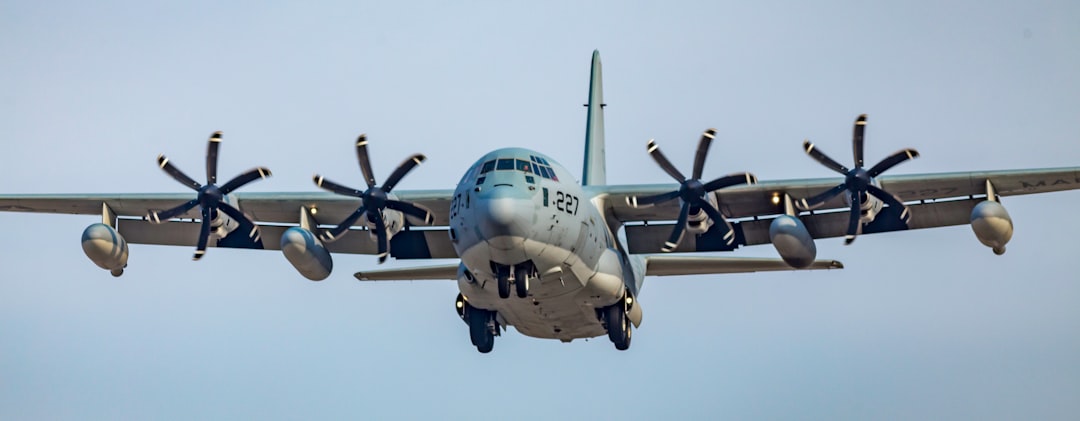What is it about?
Smart Sensors and Artificial Intelligence Techniques help in monitoring and evaluating the elderly's activities and vital signs for clinical decision support. An “intelligent” ubiquitous wireless network of wearable sensors, Internet of Things, medical devices, Artificial intelligence techniques, patients, healthcare specialists, and caregivers is created, which can be adapted according to the needs of the users in any situation specifically and proactively. The AAL systems are designed to enable people in need of care and elderly people to stay in their own homes independently, for as long as possible through remote monitoring from healthcare specialists and caregivers.
Featured Image

Photo by Possessed Photography on Unsplash
Why is it important?
The novelty of the proposed approach is that advanced deep learning techniques namely Bidirectional Gated Recurrent Unit (BiGRU) and Gated Recurrent Unit (GRU) are utilized for the detection of daily activities, while data is collected through sensors embedded in smartphones. Furthermore, the proposed system detects inactive activities, which aids in early clinical decision-making in case of emergencies. Moreover, it provides quick emergency services, preventive care for patients at risk, effective delivery of care, avoids overcrowding at hospitals, reduces cost, monitors, collaborates, communicates, and shares vital information with expert physicians through remote healthcare services.
Read the Original
This page is a summary of: Ambient assisted living framework for elderly care using Internet of medical things, smart sensors, and GRU deep learning techniques, Journal of Ambient Intelligence and Smart Environments, January 2022, IOS Press,
DOI: 10.3233/ais-210162.
You can read the full text:
Contributors
The following have contributed to this page










